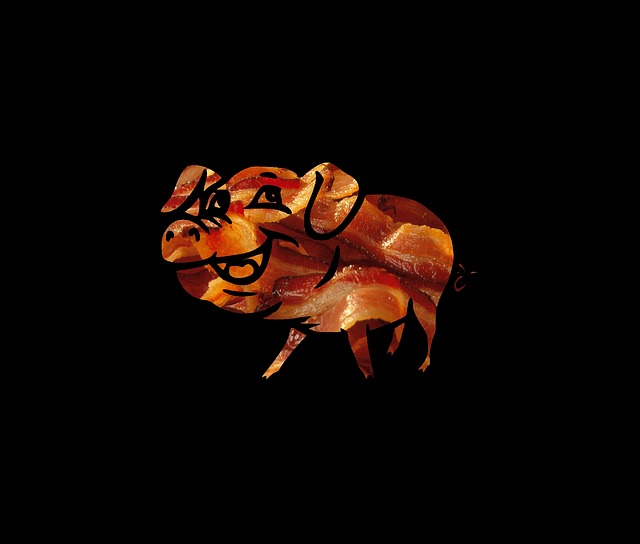Welcome to the crispy journey of bacon! From ancient times to modern kitchens, bacon has sizzled its way into our hearts and plates. Let’s explore the rich history of this delicious meat.
Ancient Beginnings
- 5,000 BC: The domestication of pigs began in China, marking the initial steps toward bacon as we know it.
- Roman Era: The Romans made a form of bacon called “petaso,” which was pork shoulder broiled with dried figs and served with wine.
Medieval Europe
Middle Ages: Bacon became a staple in Western European peasant diets due to its high-fat content and long shelf life. The term “bacon” comes from various Germanic and French dialects, generally referring to the back or sides of a pig.
Renaissance and Beyond
- 16th Century: Bacon was produced and consumed widely in England and France. It became more standardized in its production methods.
Colonial America
- 17th Century: European settlers brought bacon-making techniques to the New World. Bacon became a common and essential food in early American colonies, providing necessary calories and fats.
Industrial Revolution
- 19th Century: The advent of industrial farming and preservation techniques like curing and smoking revolutionized bacon production. The first bacon factory was established in Wiltshire, England, in the 1770s.
Modern Era
- 20th Century: Bacon became even more popular with advancements in food processing and refrigeration. It found its way into American breakfast culture, often paired with eggs.
- Late 20th – Early 21st Century: Bacon experienced a resurgence as a trendy and versatile ingredient in various cuisines, leading to the creation of bacon-centric dishes, products, and even festivals.
Cultural Impact
- Bacon has permeated various aspects of culture, from literature and art to contemporary pop culture. It symbolizes indulgence and comfort food for many.
This historical journey of bacon showcases its evolution from a basic food staple to a beloved and culturally significant item in global cuisine.
Bacon’s journey from ancient delicacy to modern favorite is a testament to its timeless appeal. We invite you to explore our recipes and share your own bacon stories with us. Stay crispy!

